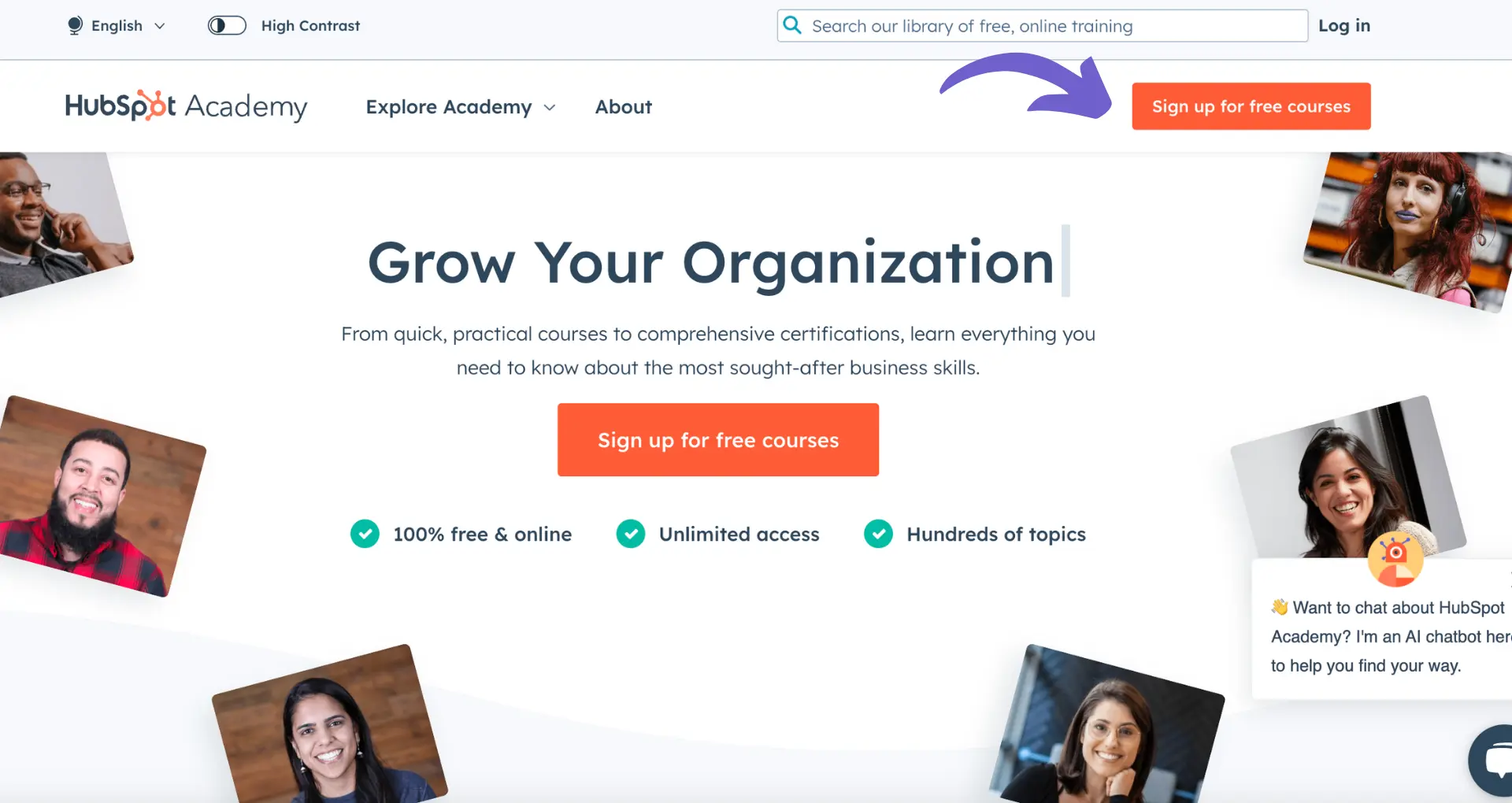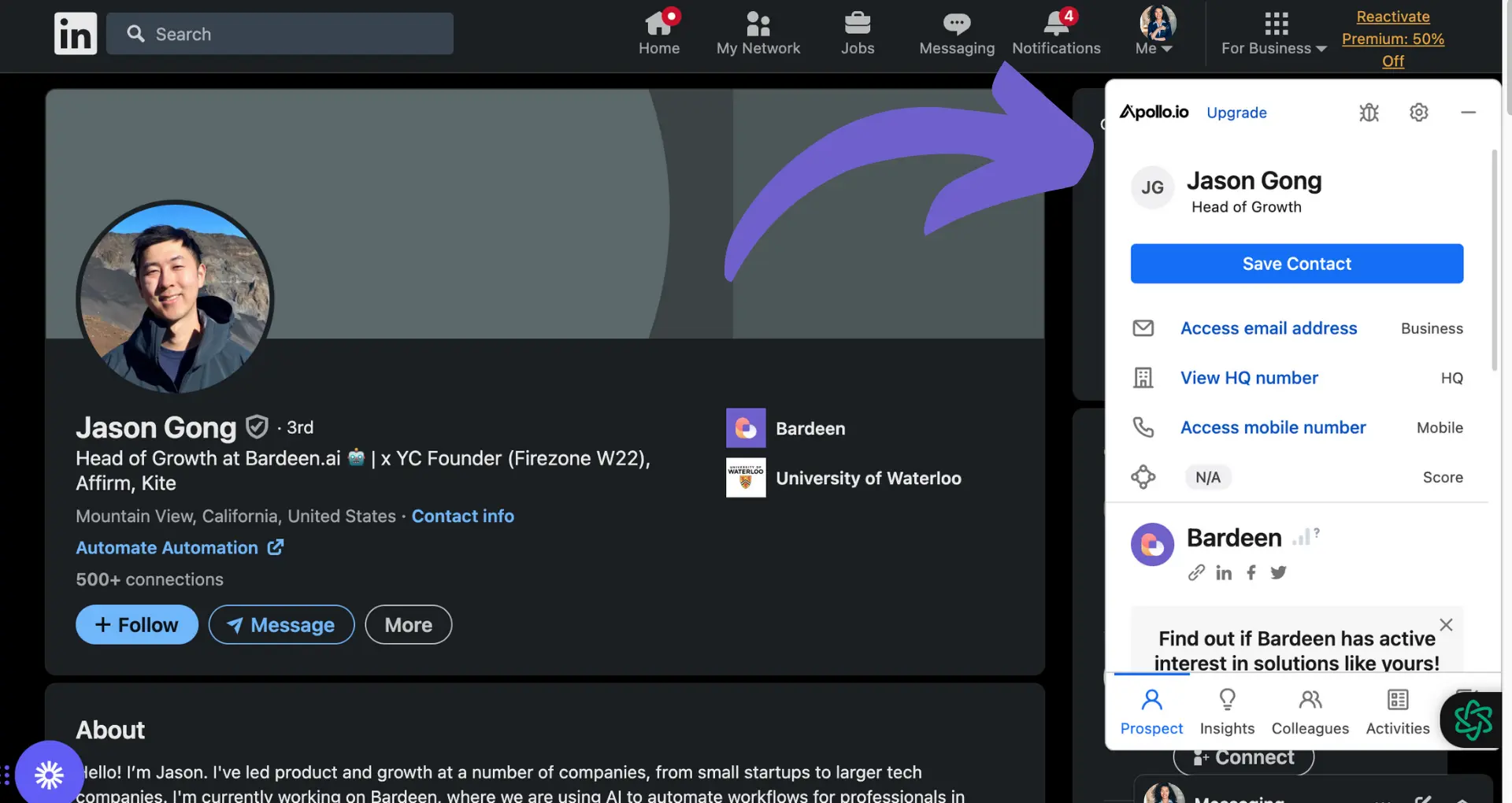Exporting campaign members in Salesforce is a crucial task for marketers and sales teams looking to analyze data and make informed decisions. In this step-by-step guide, we'll walk you through the process of exporting campaign members easily, ensuring you have offline access to valuable data for detailed analysis. By following these simple steps, you'll be able to export campaign member data efficiently and leverage the insights gained to refine your marketing strategies and improve campaign outcomes.
Understanding the Need for Exporting Campaign Members
Exporting campaign members in Salesforce is essential for effective data analysis and strategic decision-making. By exporting this data, you gain offline access to valuable information about your campaign members, allowing for detailed analysis without relying on a constant connection to Salesforce. Here are some key reasons why exporting campaign member data is crucial:
- Data analysis: Exporting campaign member data enables you to analyze the information in depth using external tools like Excel or Google Sheets. This allows for more complex data manipulation and insights that may not be possible within Salesforce.
- Reporting: With exported data, you can create custom reports and visualizations tailored to your specific needs. This flexibility empowers you to present campaign member data in a way that best supports your business objectives.
- Backup and historical reference: Exporting campaign member data provides a backup of your information at a specific point in time. This is useful for historical reference and ensures you have a copy of your data in case of any unexpected issues or changes within Salesforce.
By regularly exporting your campaign member data, you can make informed decisions based on comprehensive analysis, ultimately leading to improved campaign outcomes and marketing strategies. For instance, you can enrich your leads to gain deeper insights.
Navigating to Campaigns in Salesforce Lightning
To export campaign members in Salesforce Lightning, you first need to navigate to the Campaigns tab. Here's a step-by-step guide:
- Log in to your Salesforce account and ensure you're in the Lightning Experience interface.
- Click on the "App Launcher" icon (nine dots) in the top-left corner of the screen.
- In the App Launcher, search for "Campaigns" in the search bar or scroll through the available apps to locate the Campaigns option.
- Click on the Campaigns app to open the Campaigns tab.
Once you're in the Campaigns tab, it's crucial to select the correct campaign for data export. This ensures that you're working with the relevant campaign member data. To choose the right campaign:
- Browse through the list of available campaigns or use the search bar to find a specific campaign by name.
- Click on the desired campaign to open its detail page.
- Verify that you've selected the correct campaign by reviewing the campaign details, such as the name, start and end dates, and associated products or services.
By selecting the appropriate campaign, you can proceed with confidence, knowing that you're exporting the right set of campaign member data for analysis. For more on building an effective sales prospect list, check out our detailed guide.
Save time on repetitive tasks during your sales process by using Bardeen. Build prospect lists effectively and focus on important work.
Preparing Campaign Member Data for Export
Once you've navigated to the desired campaign, it's time to prepare the campaign member data for export. Follow these steps to access the Members tab and ensure data accuracy:
- From the campaign detail page, click on the "Members" tab to view the list of campaign members.
- Review the list of campaign members to ensure that all expected records are present.
- If necessary, use the available filters to narrow down the list of campaign members based on specific criteria, such as member status or date range.
- Verify that the displayed data is accurate and up-to-date by spot-checking a few records.
Before proceeding with the export, it's crucial to confirm the accuracy of the campaign member data. This step helps avoid exporting incomplete or incorrect information, which could lead to flawed analysis and decision-making. To check data accuracy:
- Scan the list of campaign members for any obvious errors, such as missing or incomplete records.
- Cross-reference the campaign member data with other relevant Salesforce records, such as contacts or leads, to ensure consistency.
- If you notice any discrepancies or missing data, investigate and resolve the issues before moving forward with the export.
By taking the time to prepare and validate the campaign member data, you can ensure that your exported data set is reliable and ready for data enrichment.
Creating and Customizing Export Reports
To create a new report for exporting campaign member data, follow these steps:
- Navigate to the Reports tab in Salesforce Lightning.
- Click on the "New Report" button.
- In the "Choose Report Type" screen, select the "Campaigns with Campaign Members" report type from the list of available options.
- Click on the "Continue" button to proceed to the report builder.
Once you've created the new report, it's essential to customize the report fields to ensure that all necessary data points are included in the export. Here's how to customize your report:
- In the report builder, locate the "Fields" section on the left-hand side of the screen.
- Expand the "Campaigns" and "Campaign Members" sections to view the available fields.
- Drag and drop the desired fields from the "Fields" section into the report preview area on the right-hand side of the screen.
- Some essential fields to consider including are Campaign Name, Campaign Member Status, Lead or Contact ID, Email, and any custom fields relevant to your analysis.
- Arrange the fields in the desired order by clicking and dragging them within the report preview area.
By customizing the report fields, you ensure that your exported data includes all the necessary information for comprehensive analysis and decision-making. For more advanced tools, check out our AI Sales Automation Guide.
Bardeen can help save time by automating Salesforce reports. Learn how to automate sales reports to focus on what matters most.
Executing and Exporting the Report
After customizing the report fields, it's crucial to save and execute the report to verify that all required data is included. To save the report, follow these steps:
- Click on the "Save" button located at the top of the report builder screen.
- Provide a meaningful name for the report in the "Report Name" field.
- Select the appropriate folder where you want to store the report.
- Click on the "Save" button to finalize the report creation process.
Once the report is saved, execute it to ensure that the data is accurate and complete. To run the report, simply click on the "Run Report" button located at the top of the report screen. Review the generated report to confirm that all necessary data points are included.
After verifying the report's accuracy, you can proceed with exporting the data. Salesforce offers various export formats, including CSV and Excel. To export the report to Excel, follow these steps:
- Click on the "Export" button located at the top of the report screen.
- Select the desired export format (e.g., CSV or Excel) from the available options.
- Choose whether to export the report with or without formatting.
- Click on the "Export" button to initiate the export process.
Once the export is complete, you can access the downloaded file and utilize the data for further analysis and decision-making. Learn more about the role of sales intelligence in optimizing your data-driven decisions.
Utilizing Salesforce's Built-in Tools and Features for Optimal Export
Salesforce offers several built-in tools and features to streamline the data export process, particularly when dealing with large datasets. One of the most useful features is filtering, which allows you to narrow down the data to be exported based on specific criteria. To apply filters:
- Click on the "Filters" tab in the report builder.
- Select the desired field to filter by, such as "Campaign Name" or "Member Status."
- Choose the appropriate operator (e.g., equals, contains, greater than) and enter the filter value.
- Click "Apply" to add the filter to the report.
Another helpful feature is the batch export functionality, which enables you to export large datasets in smaller, more manageable chunks. To utilize batch export:
- Navigate to the "Export" menu and select "Batch Export."
- Specify the desired batch size (e.g., 50,000 records per batch).
- Choose the export format (CSV or Excel) and click "Export."
- Salesforce will process the export in batches and notify you when each batch is ready for download.
By leveraging these built-in tools and features, you can significantly enhance the efficiency of the export process and ensure that you can effectively manage and analyze even the largest datasets.
Want to simplify your data exports? Automate enrichment and qualification with Bardeen to save time and focus on your most critical tasks.
Analyzing and Leveraging Exported Campaign Member Data
Once you have successfully exported your campaign member data from Salesforce, the next step is to analyze the data to extract valuable insights. Here are some methods for analyzing the exported data:
- Use pivot tables in Excel to summarize and aggregate the data based on various criteria, such as campaign name, member status, or lead source.
- Create charts and graphs to visualize trends and patterns in the data, such as the distribution of member status across different campaigns.
- Use formulas and functions in Excel to calculate key metrics, such as conversion rates, average lead score, or total revenue generated by each campaign.
By analyzing the exported data, you can gain valuable insights into the performance of your campaigns and identify areas for improvement. For example:
- Identify which campaigns have the highest conversion rates and investigate the factors contributing to their success.
- Determine which lead sources generate the most qualified leads and allocate more resources to those channels.
- Analyze the distribution of member status to identify potential bottlenecks in the lead nurturing process.
These insights can be utilized to refine your marketing strategies and improve campaign outcomes. Some ways to leverage these insights include:
- Adjusting campaign messaging and targeting based on the characteristics of high-converting leads.
- Optimizing lead nurturing workflows to address any identified bottlenecks and improve overall conversion rates.
- Reallocating budget and resources to the most effective campaigns and lead sources to maximize ROI.
By continuously analyzing and leveraging exported campaign member data, you can make data-driven decisions to optimize your marketing efforts and drive better results for your organization. Knowing the difference between cold and warm leads can also help in refining your strategies.






